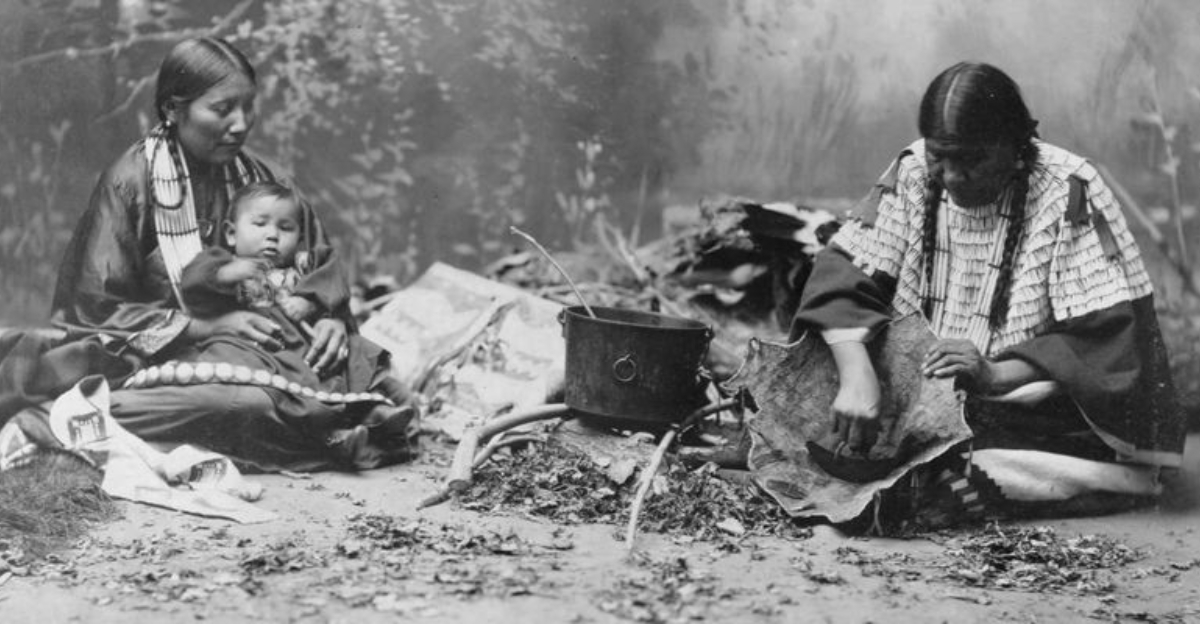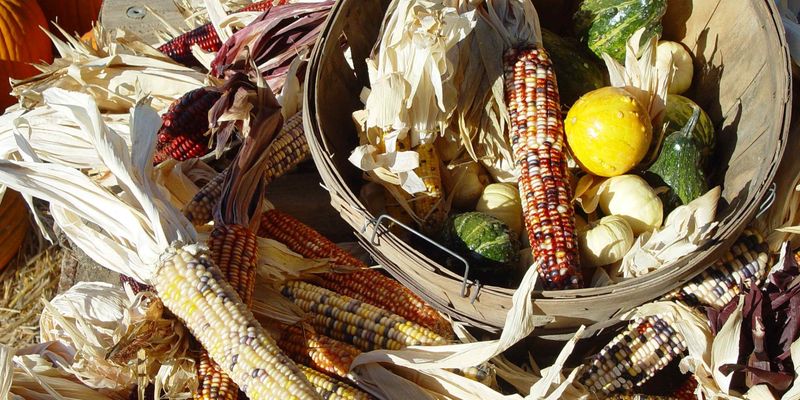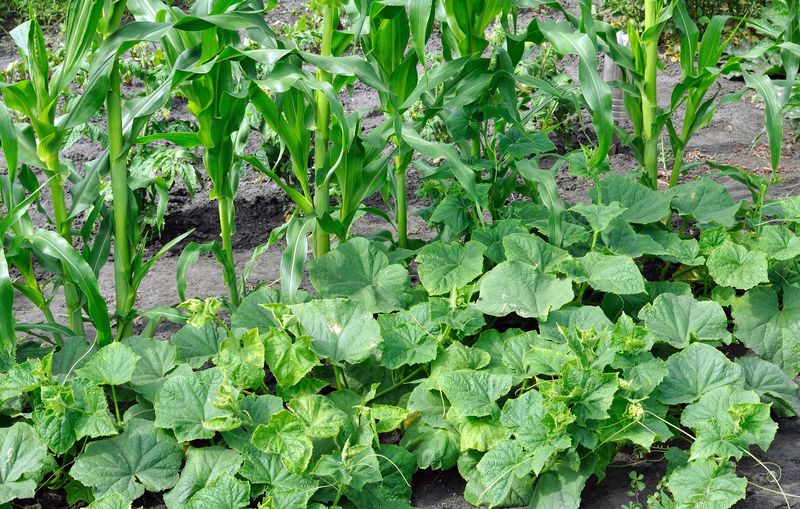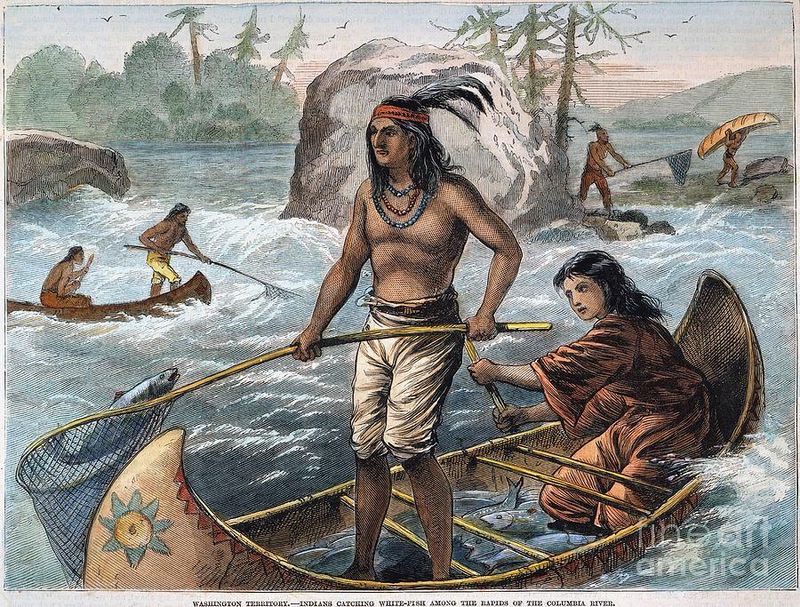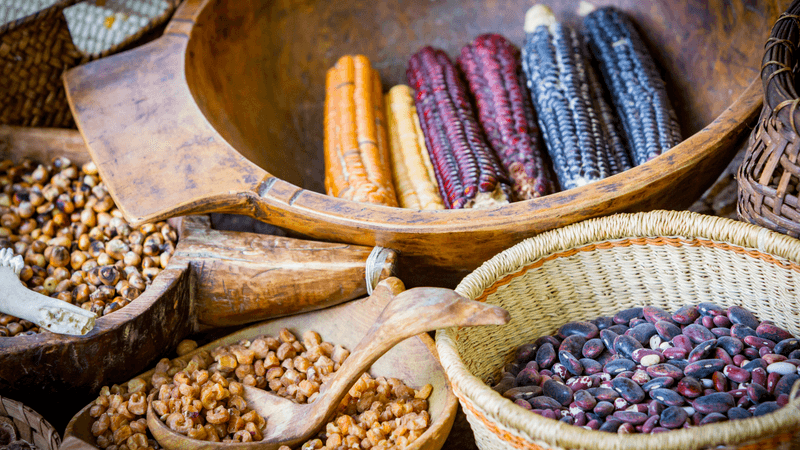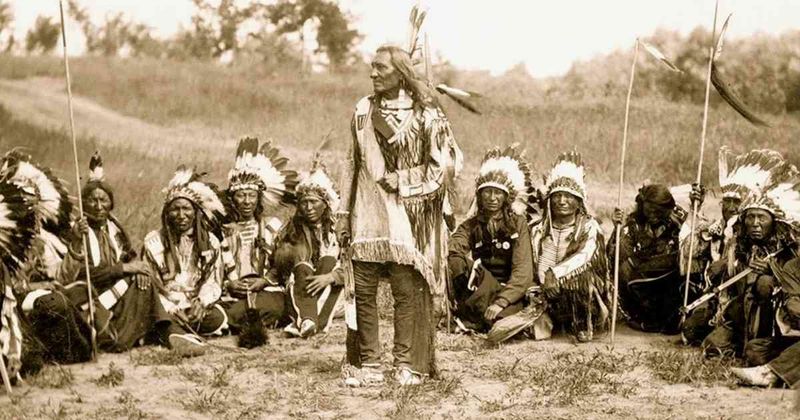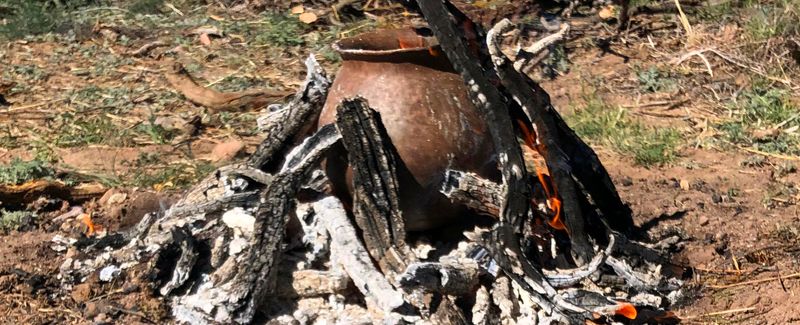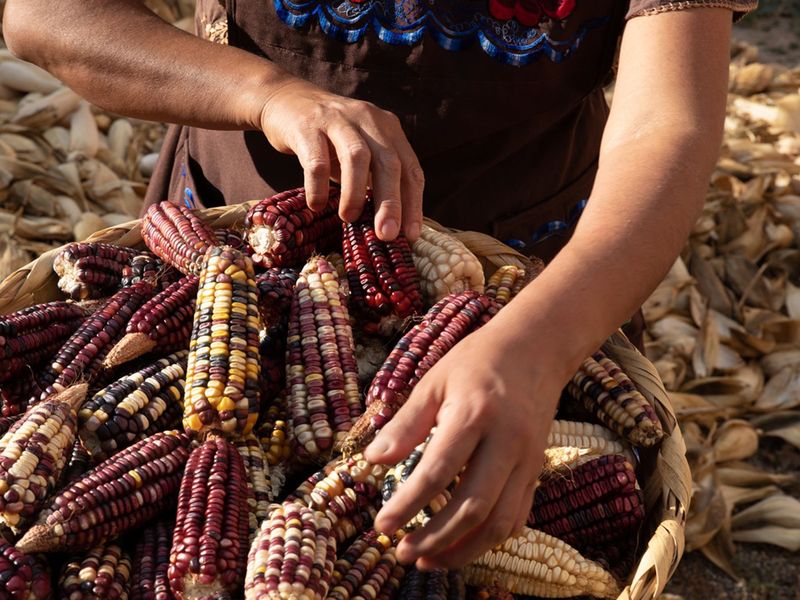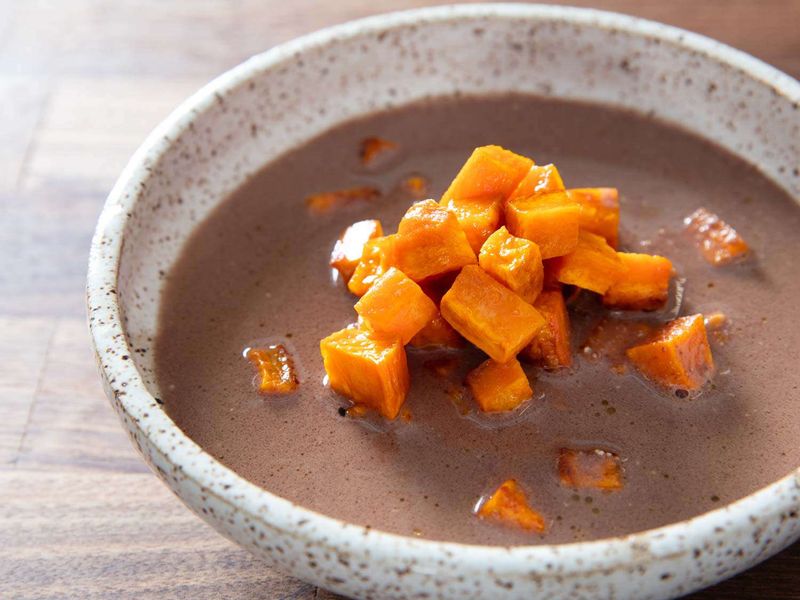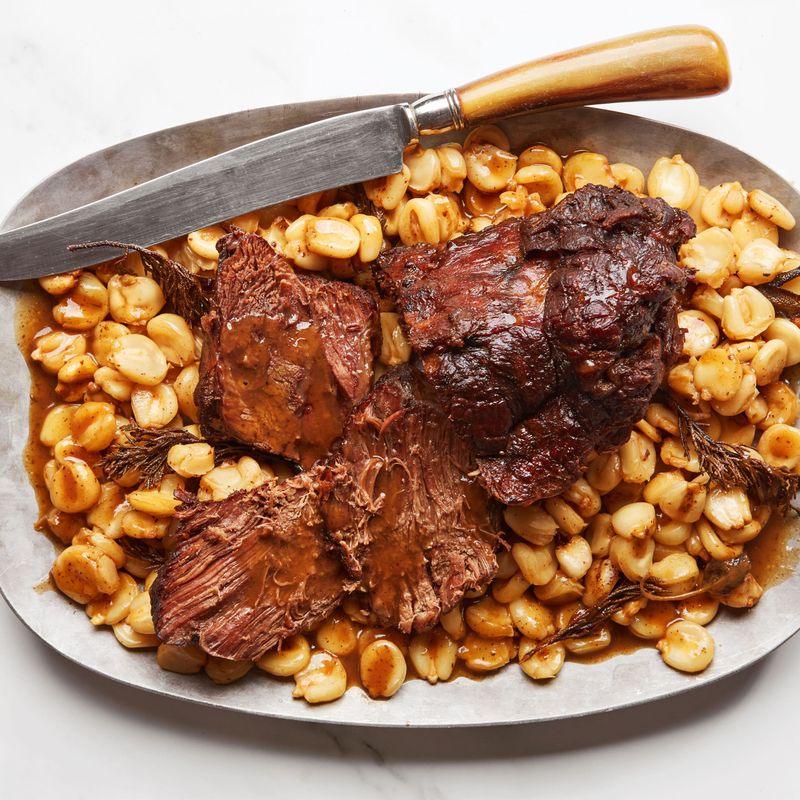Exploring the traditional Native American diet reveals a lifestyle deeply connected with nature, emphasizing sustainability and regional availability.
This diet, rich in variety and nutrients, offers insights into an ancient way of living that contrasts sharply with today’s processed food culture.
Here are 15 fascinating facts about what it truly takes to thrive on this diet.
1. Meat Was a Luxury—Not a Staple
Imagine a diet where hunting isn’t the primary source of sustenance. Native Americans primarily relied on plant-based foods, with hunting as a supplement. Roots, nuts, seeds, and berries were abundant, making meat a luxury. Life in the wild meant adapting to what’s available.
Large game was not always guaranteed, so tribes developed extensive knowledge of plants. They knew which roots were edible, which berries were nutritious, and how to gather them efficiently. Survival depended on this diverse plant diet, making plant foraging an essential skill.
Eating habits varied, but plant-based foods were a consistent component, showcasing resourcefulness.
2. Three Sisters Farming Was Genius
In a world without modern fertilizers, Three Sisters farming was revolutionary. Corn, beans, and squash were grown together, supporting each other both nutritionally and agriculturally. This method provided a complete meal, with corn offering carbohydrates, beans providing protein, and squash contributing vitamins.
The symbiotic relationship allowed for efficient land use and sustainable farming. The corn stalks acted as poles for the beans, while the squash spread across the ground, reducing weeds and retaining moisture. This ingenious method showed a deep understanding of ecological balance.
It’s a testament to Native American innovation and sustainable practices.
3. You’d Need Serious Foraging Skills
Foraging wasn’t just a hobby; it was a vital skill. Wild onions, cattails, acorns, and sunchokes were common staples. Knowing when and where to find them could mean survival or starvation. This knowledge was passed through generations, ingrained in daily life.
Each plant had its season, requiring careful observation and timing. Cattails, for example, provided food at various stages of growth. Acorns needed proper preparation to remove bitterness. These intricate skills were part of a complex relationship with nature.
Foraging demanded patience, keen observation, and an understanding of the land’s cycles.
4. No Sugar, No Salt, No Oil
In a diet free from modern additives, meals were naturally low in sodium and fat. Traditional Native American diets lacked refined sugars, processed salt, and oils. This simplicity contributed to a healthy lifestyle, focusing on natural flavors and nutrient-dense foods.
The absence of these additives meant that meals were crafted with intention, relying on the natural taste of ingredients. Dried fruits, nuts, and fresh herbs provided flavor without the need for artificial enhancements.
This pure way of eating meant that health was maintained through balanced nutrition, rather than processed convenience.
5. Insects Were on the Menu
Insects, though unconventional today, were a valuable protein source. Tribes included grasshoppers and ants in their diets. High in nutrients, insects offered a sustainable and abundant food source. They were often gathered and consumed fresh, providing essential proteins and fats.
The inclusion of insects reflects adaptability and efficiency in using available resources. They were gathered using simple tools and methods, often roasted or sun-dried.
This practice might seem unusual, but it provided essential nutrition without depleting other wildlife resources, emphasizing sustainability.
6. Everything Was Seasonal
Seasonality dictated what was on the menu. If it didn’t grow in your region or season, it wasn’t available. This meant no exotic fruits in winter or coffee year-round. Eating local wasn’t a choice but a necessity.
The changing seasons brought different foods, requiring knowledge of what’s available and when. This connection to the land fostered an appreciation for nature’s cycles, instilling discipline and awareness.
Seasonal eating ensured freshness and sustainability, aligning with natural rhythms and promoting environmental harmony.
7. You’d Eat a Lot More Fish (If You Could Catch It)
Coastal and river tribes thrived on fish and shellfish, but catching them required skill and patience. Fishing wasn’t about convenience but understanding waterways and fish behavior. It demanded time, the right tools, and knowledge.
Fish were a rich source of protein and omega-3 fatty acids, crucial for a balanced diet. Different techniques like spearfishing or using nets were employed, tailored to specific fish species.
This reliance on fish reflects a harmonious relationship with aquatic ecosystems, requiring respect and knowledge of the environment.
8. Diets Were Region-Specific
Geography dictated diet diversity. The Navajo’s diet differed from the Iroquois. Plains tribes relied on bison, while Southwestern tribes thrived on corn and beans. This regional specificity was key to survival, adapting to what nature offered.
Each tribe developed unique culinary traditions, utilizing regional ingredients. This diversity showcased adaptability and resourcefulness, turning geographical constraints into culinary opportunities.
Understanding regional diets provides insights into cultural diversity and environmental adaptation, reflecting the intricate connection between people and place.
9. Fasting and Scarcity Were Normal
Scarcity was part of life, especially in winter. Fasting wasn’t unusual, and tribes learned to go without meals, relying on stored foods like dried corn, jerky, or pemmican. This practice taught resilience and preparedness.
Lean periods fostered a culture of resourcefulness, ensuring that nothing was wasted. Preservation techniques like drying or smoking were essential to extend the shelf life of food.
Fasting and scarcity ingrained discipline and appreciation for abundance, making every meal a valued experience.
10. Pemmican Was the Original Protein Bar
Pemmican, a staple for many tribes, was made from dried meat, berries, and fat. This nutrient-dense food could last months, perfect for travel and lean times. Its compact form and energy-rich ingredients made it a vital resource.
Creating pemmican required skill and knowledge of preservation techniques. It was more functional than flavorful, yet its importance in survival can’t be overstated.
Pemmican symbolizes ingenuity in food preservation, providing sustenance when fresh food was scarce, embodying practicality and resourcefulness.
11. You’d Use Fire and Stone—Not Nonstick Pans
Cooking was an art using fire and stone. Meals were prepared over open fires or in pit ovens, using hot rocks. Techniques like stewing, roasting, and ash-baking were common, providing diverse flavors and textures.
This method of cooking required patience and skill, understanding how to control heat and time. The absence of modern conveniences like nonstick pans emphasized creativity and adaptability.
Fire and stone cooking connected people to their food, enhancing appreciation for the process and the meal’s origin.
12. Corn Was Everything—But Not the Kind You Know
Heirloom corn varieties were central to the diet, but not the sweet corn we know today. Often nixtamalized (soaked in lime water), this process increased nutrition and digestibility. Corn was a versatile ingredient, used in various dishes.
Nixtamalization was an ingenious technique that enhanced corn’s nutritional profile, providing essential nutrients like calcium. This method reflects a deep understanding of food chemistry long before modern science.
Corn was more than just food; it was a cultural symbol, vital for nutrition and community.
13. There Was No Dairy
Before European contact, dairy was absent from Native American diets. This meant no cheese, milk, or butter. Instead, tribes relied on nuts, wild greens, and fish for calcium, adapting to available resources.
This absence required a creative approach to nutrition, ensuring essential nutrients were obtained from other sources. Wild greens were often rich in vitamins and minerals, contributing to a balanced diet.
The non-dairy diet highlights adaptability and innovation in nutrient sourcing, demonstrating reliance on natural, local foods.
14. Food Was Medicine
In Native American cultures, food and medicine were intertwined. Ingredients like juniper berries, sage, wild mint, and pine bark were valued for both flavor and healing properties. This holistic approach underscored the belief that food nurtures both body and spirit.
Many plants had dual purposes, used in cooking as well as traditional remedies. This integration of culinary and medicinal knowledge was a fundamental aspect of the diet.
Food as medicine reflects a holistic understanding of health, viewing nutrition as integral to well-being and harmony.
15. It’s One of the Healthiest Diets You’ve Never Tried
The Native American diet, rich in fiber and micronutrients, promotes heart health and longevity. Low in processed carbs and tied deeply to the land, it offers a balanced and sustainable way of eating, long before these concepts became trendy.
This diet emphasizes whole foods, seasonal availability, and environmental harmony. Its simplicity and purity provide nutritional benefits that modern diets often lack.
Adopting such a lifestyle promotes a connection to nature and a deeper understanding of nourishment, fostering health and balance.
